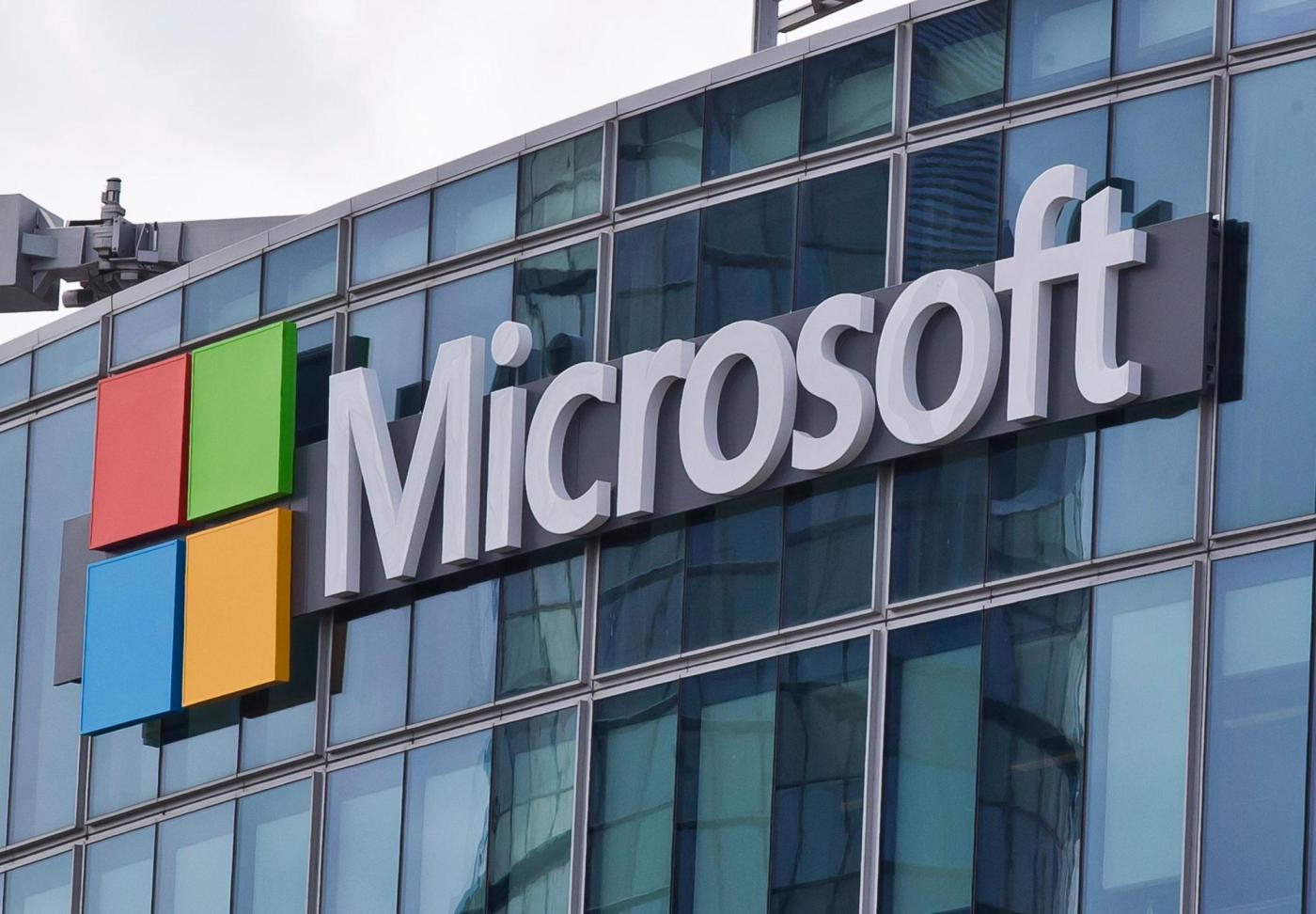
(Bloomberg/Matt Day) — Microsoft Corp. is rolling out two lower-end versions of its main Surface devices in a bid to drum up interest in computers that can take advantage of the company’s artificial intelligence tools and better compete with Apple Inc.’s range of slim devices.
The 13-inch Surface Laptop and 12-inch Surface Pro two-in-one tablet go on sale on Tuesday and will ship to consumers in the US and select markets starting May 20. Both are thinner, lighter and boast longer battery life than their predecessors. They also lack the higher-end processors and storage options of previous Surface devices but sell for the same or higher prices.
The laptop can handle up to 16 hours of web browsing on a single charge, the company says, while the tablet is designed to be both portable and capable of handling desktop applications.
The Surface line represents a sliver of Microsoft sales, accounting for about 2% of revenue in the most recent fiscal year, and a similarly tiny slice of the global PC market. But it helps showcase Windows devices that were designed to go head-to-head with Apple’s high-end laptops and cast a halo over the Windows operating system.
For the last few years, those ambitions have centered on AI-branded software that can generate text and images and engage users in conversation. Microsoft last year added a keyboard button that summons its Copilot AI assistant and preloaded such features as email summarization and image generation to Windows applications.
Both new Surface devices carry the “Copilot+ PC” designation Microsoft gives to high-end computers with a so-called neural processing unit. It handles things like real-time translation in video calls or image generation, freeing up the CPU – in this case, Qualcomm Inc.’s Snapdragon X Plus — for other tasks.
The Qualcomm chips use the battery-efficient ARM architecture initially designed for smartphones. That can raise compatibility issues, particularly for video games or customized business applications written for the Intel Corp. processors that dominated the PC market for decades. On a call with reporters last week, Microsoft Windows and devices chief Pavan Davuluri said the company had addressed compatibility issues for “the vast majority” of customers.
The Surface Laptop weighs 2.7 pounds, is 0.61 of an inch thick, has a touchscreen and starts at $899. The Surface Pro, 1.5 pounds and less than a third of an inch thick, features the line’s typical kickstand and front- and rear-facing cameras. It starts at $799 – with a stylus and snap-on keyboard sold separately.
During the briefing, Davuluri didn’t say whether US tariffs factored into the latest devices’ prices, calling the levies “a moving target.” Surface computers on display at a recent media preview were assembled in Mexico.
The aluminum casing on both machines will be available in colors Microsoft calls Ocean, Platinum and Violet. They sport 16 gigabytes of RAM and offer either 256 gigabytes or 512 gigabytes of storage. The previous generation of each device offered users the option of up to 64 GB of memory, 1 terabyte of storage, and had more processor cores, allowing them to handle more tasks simultaneously.
Related Articles
Letters: Trump’s AmeriCorps cuts are not making America great
OpenAI to remain under non-profit control in change of restructuring plans
Angel Island exhibit explores border surveillance tech
Homebuyers’ dilemma: As Trump tariffs swing stock market, hold off? Or ‘buy the dip’?
California job market flops as it lands near bottom among US states
Business-focused variants of the computers will ship in July, Microsoft said.
Surface sales have declined in recent years, part of a broad post-pandemic slump in purchases of consumer electronics. Microsoft doesn’t break out quarterly hardware results, but device sales fell 15% during fiscal 2024 to $4.7 billion. The company’s in-house hardware groups in recent years have endured layoffs, the sale of the HoloLens augmented reality unit and the loss of former Surface chief Panos Panay to rival Amazon.com Inc.
More stories like this are available on bloomberg.com
©2025 Bloomberg L.P.